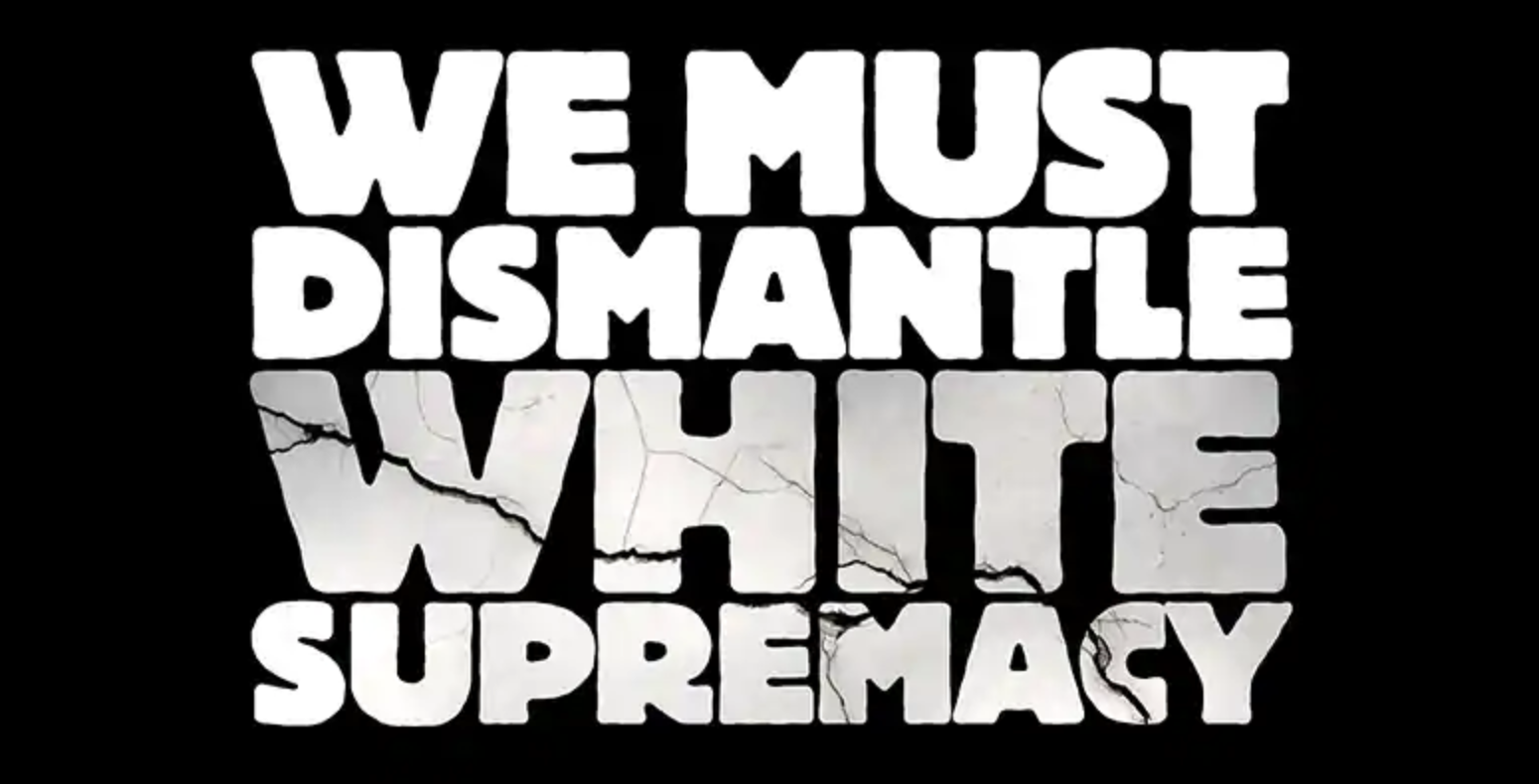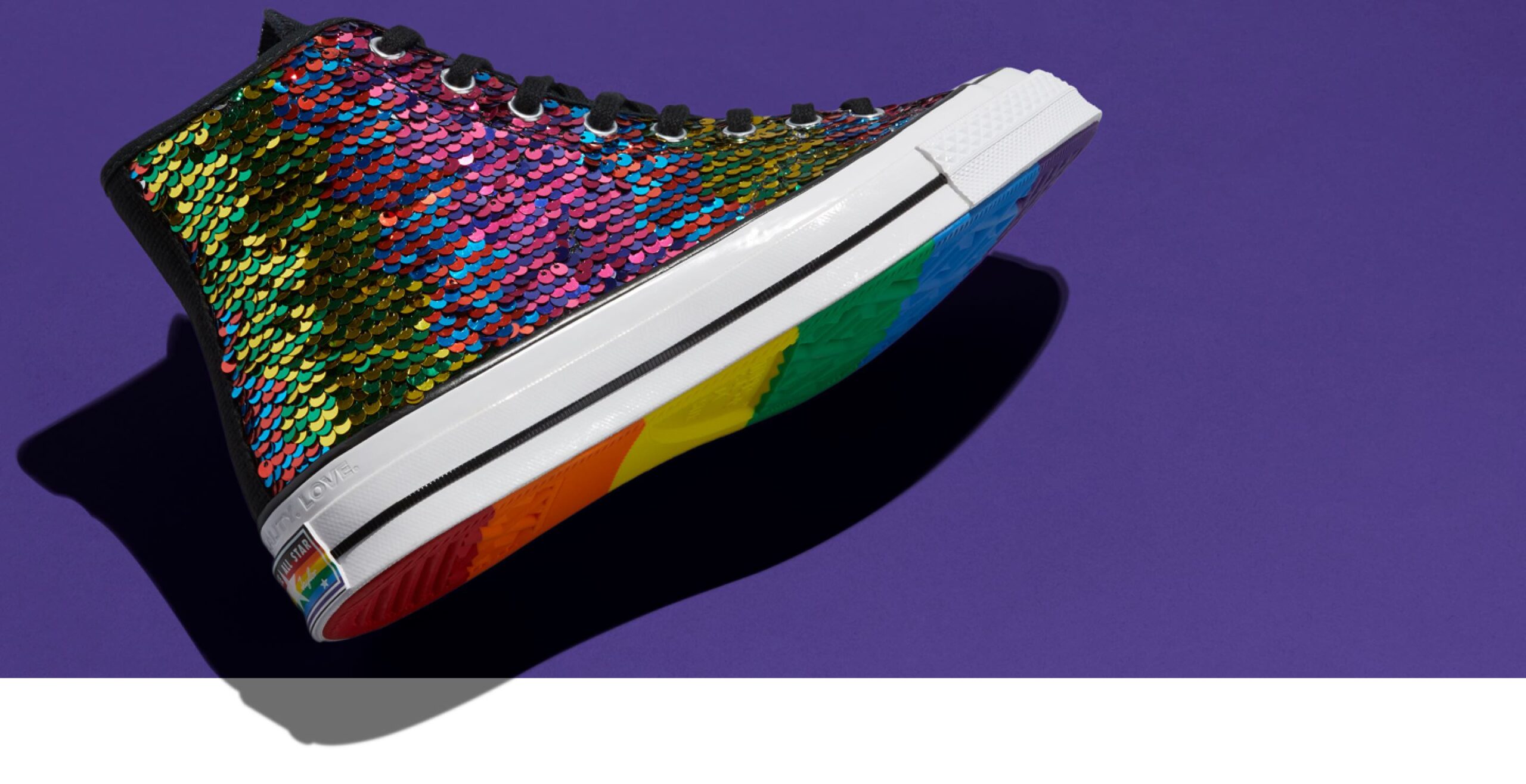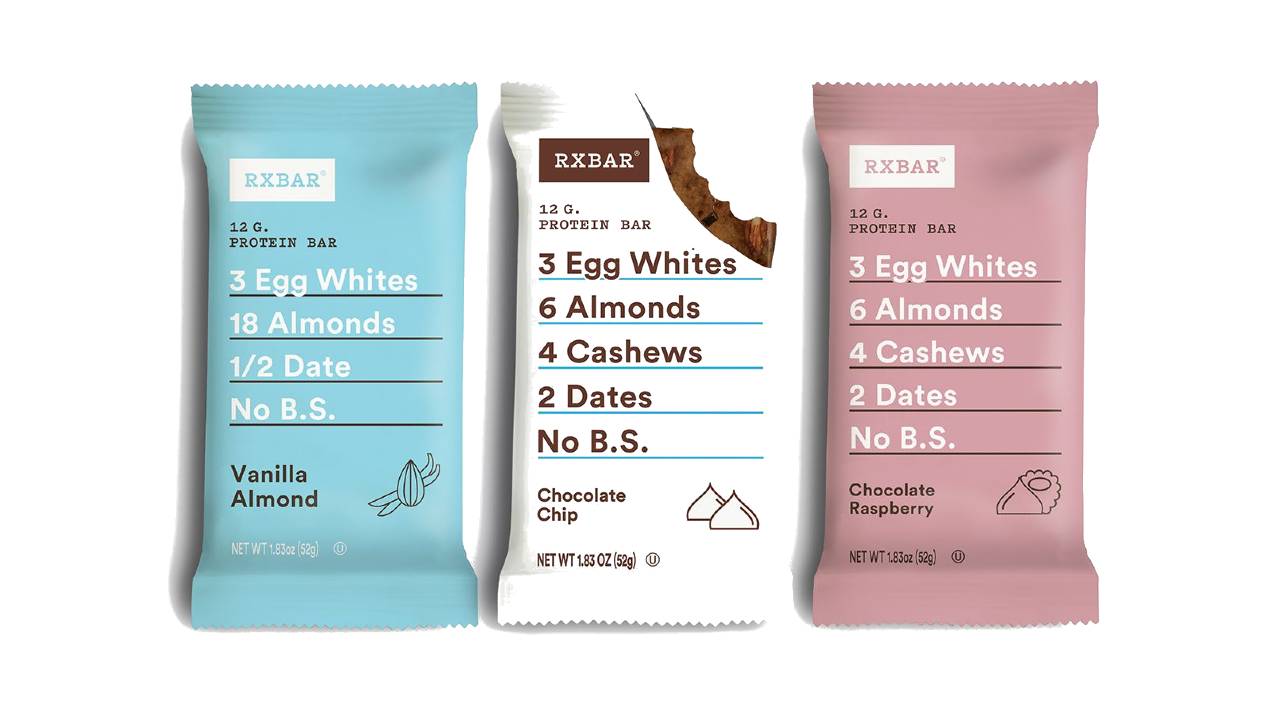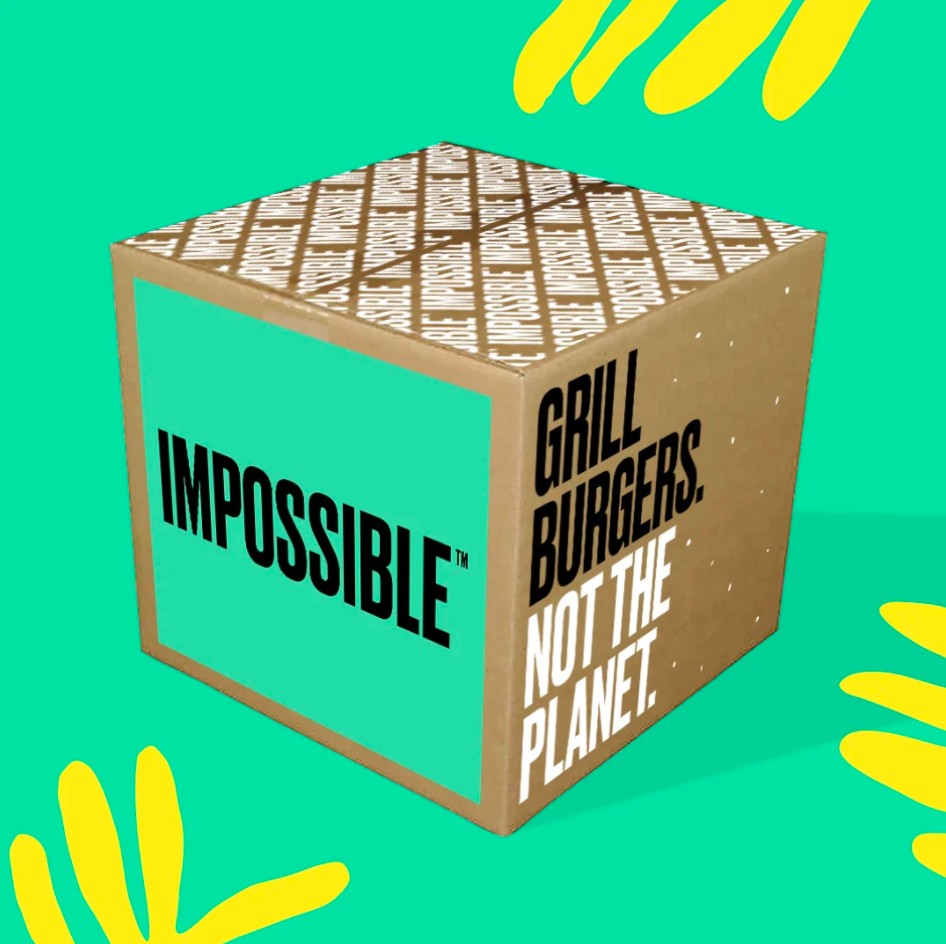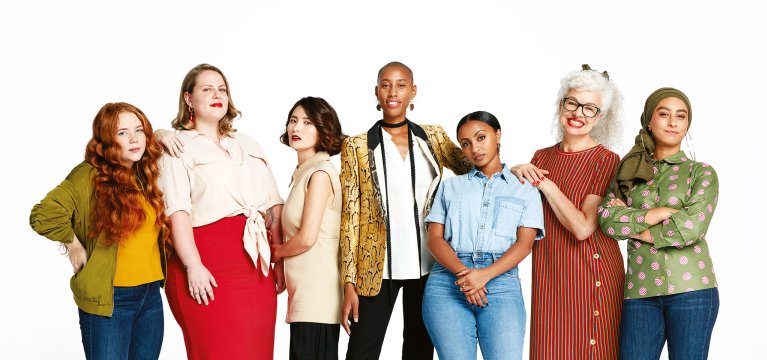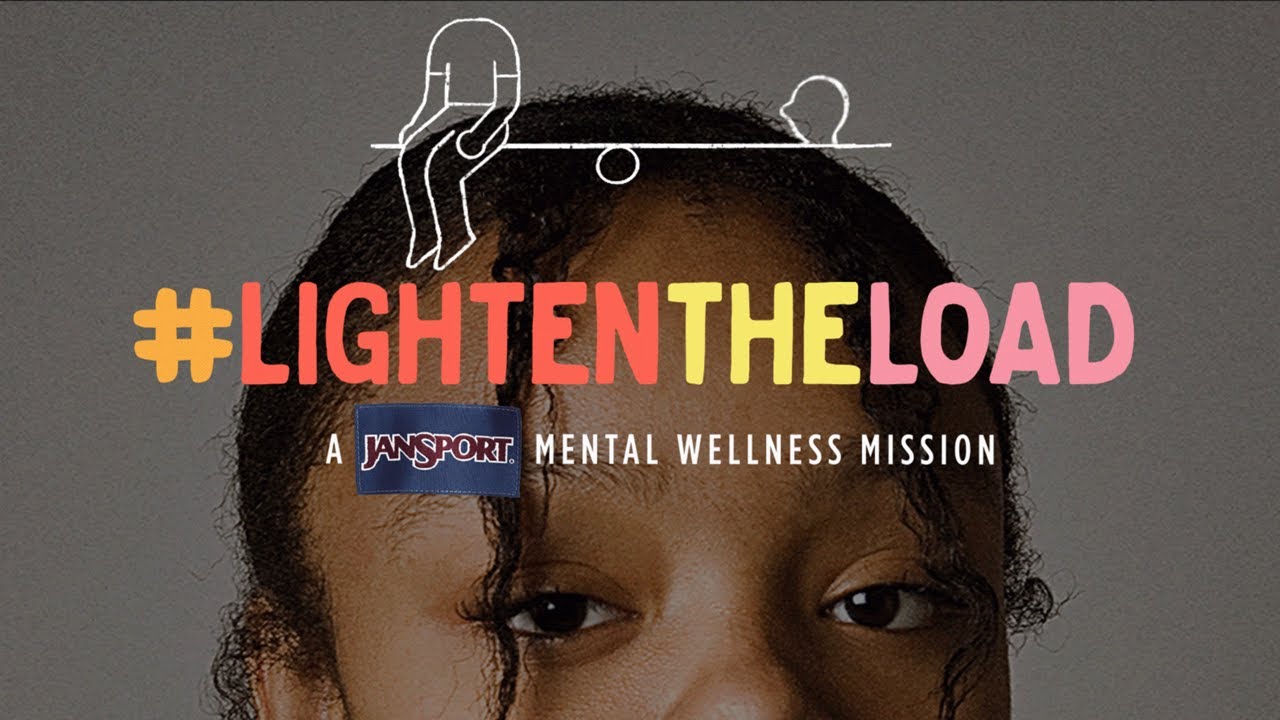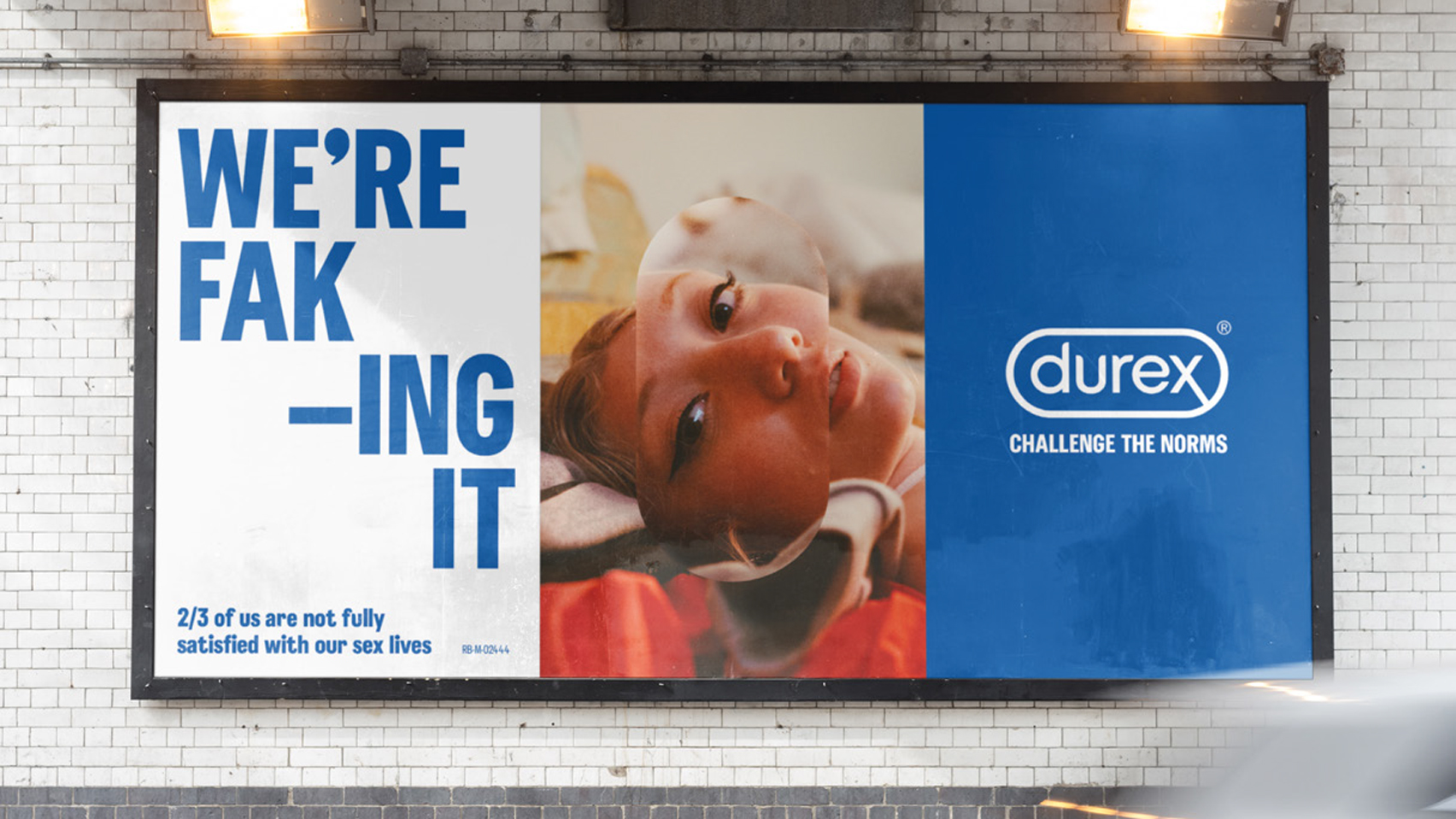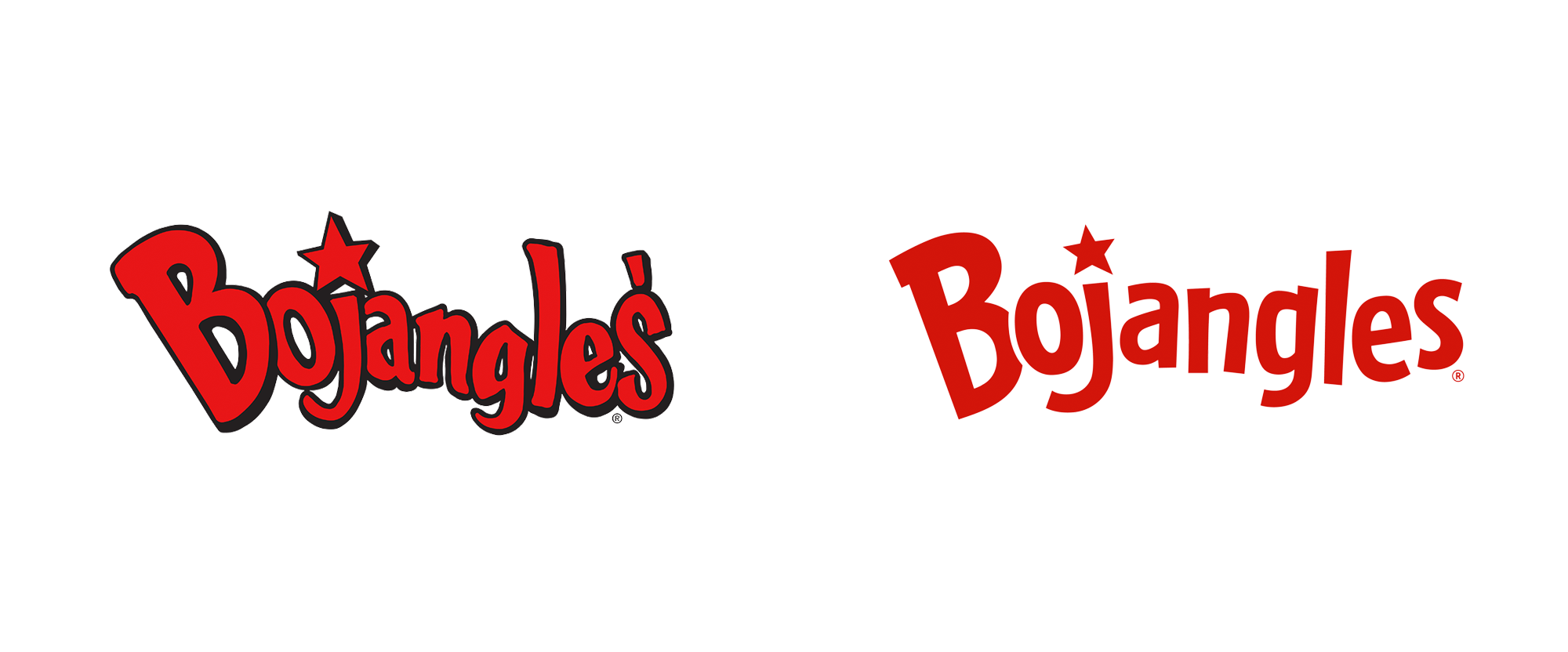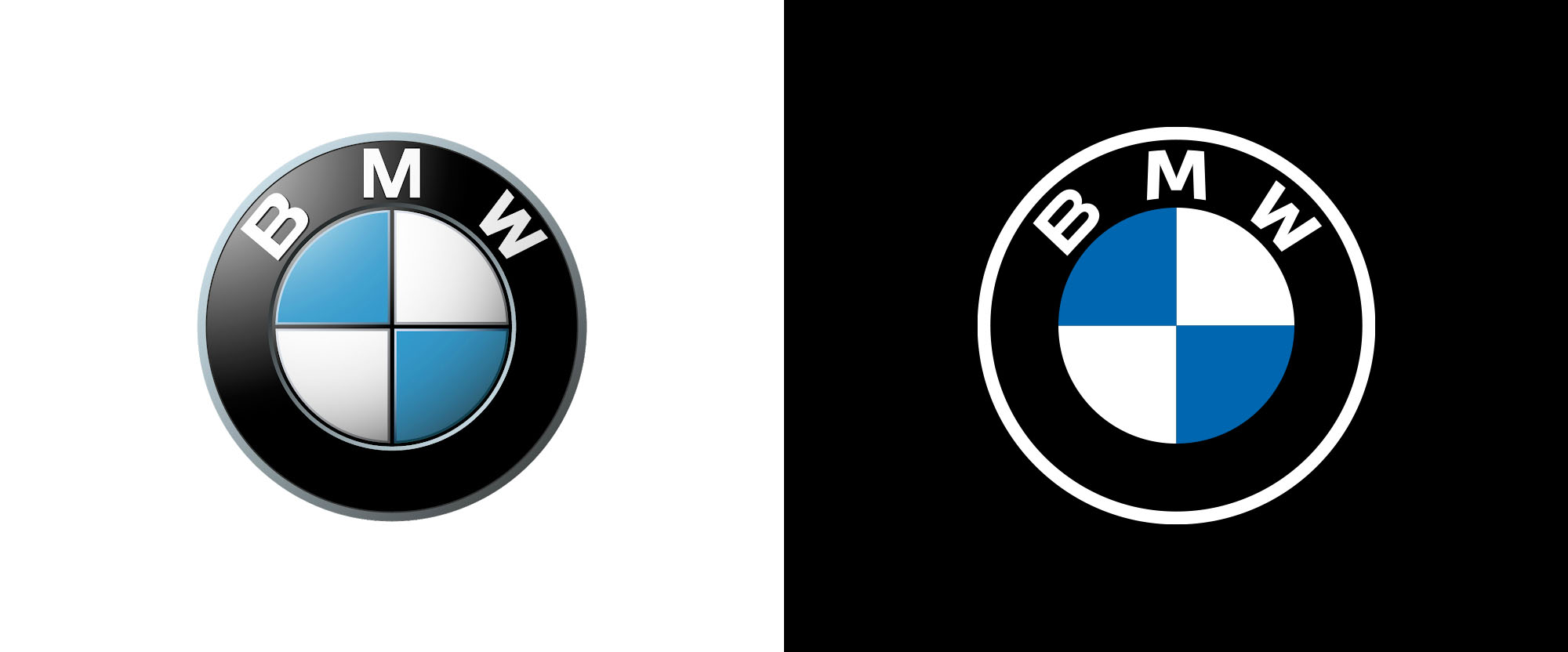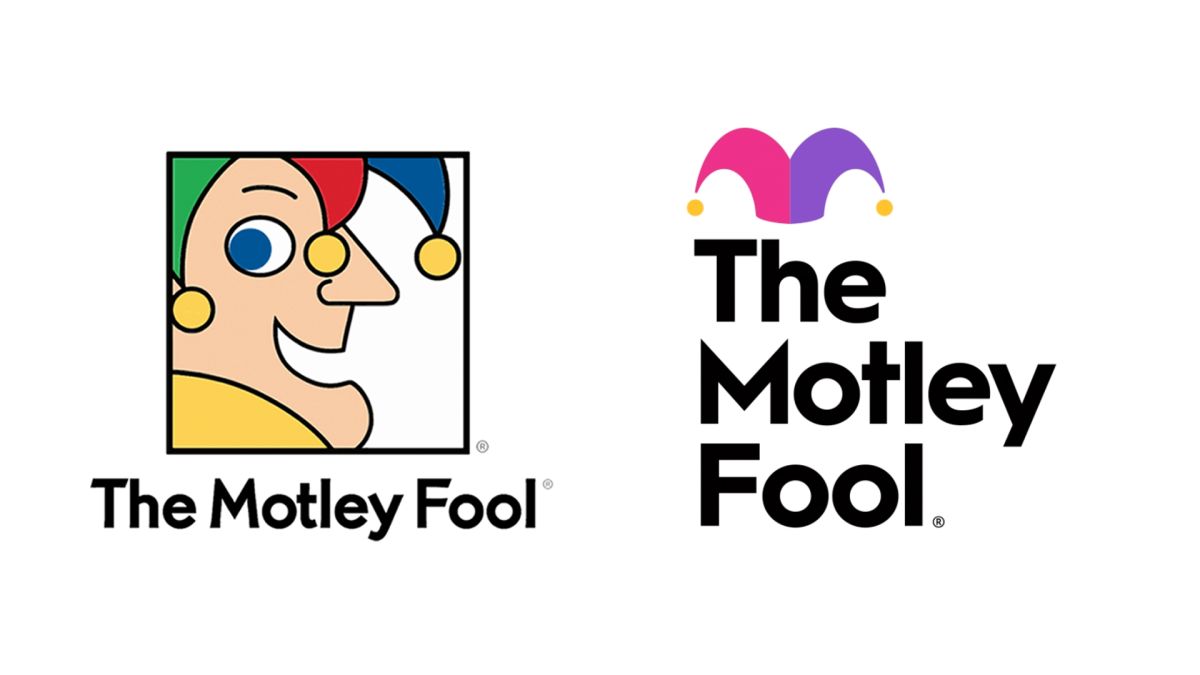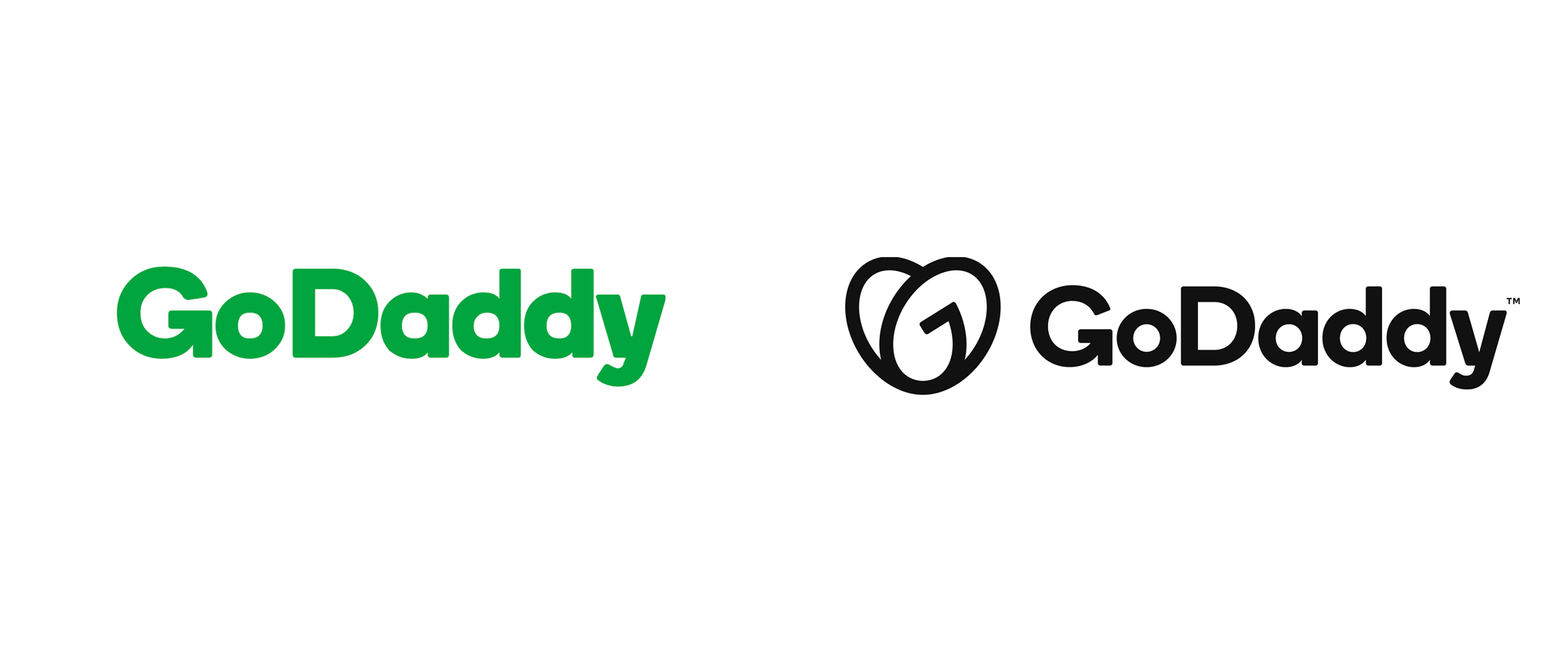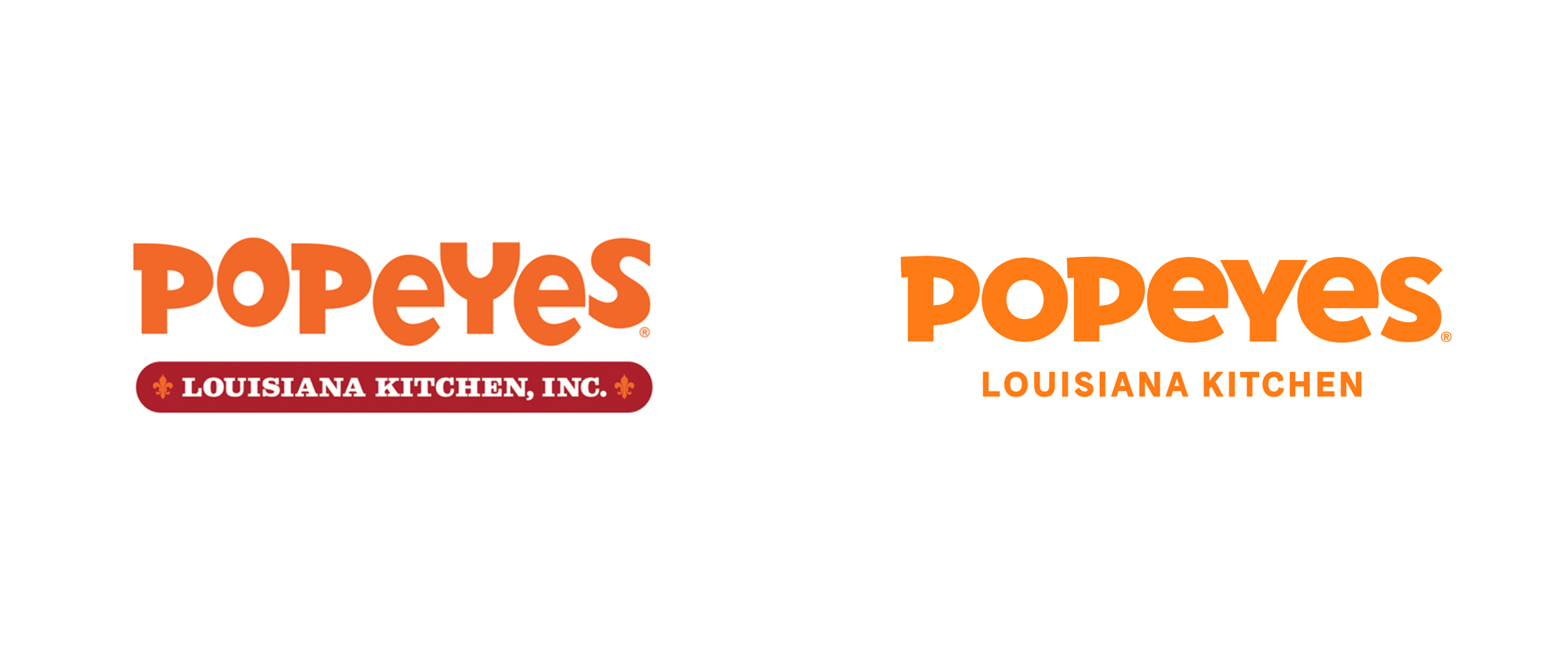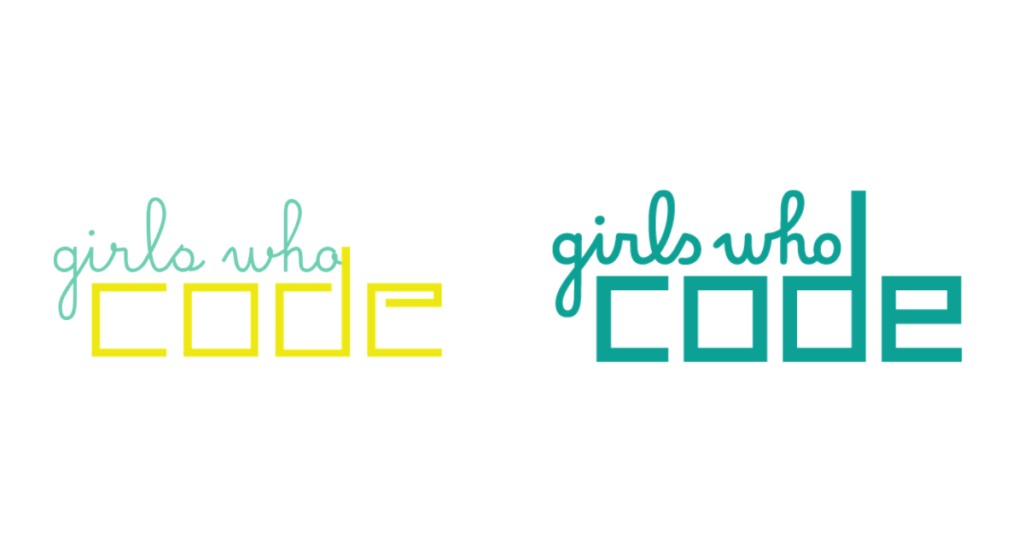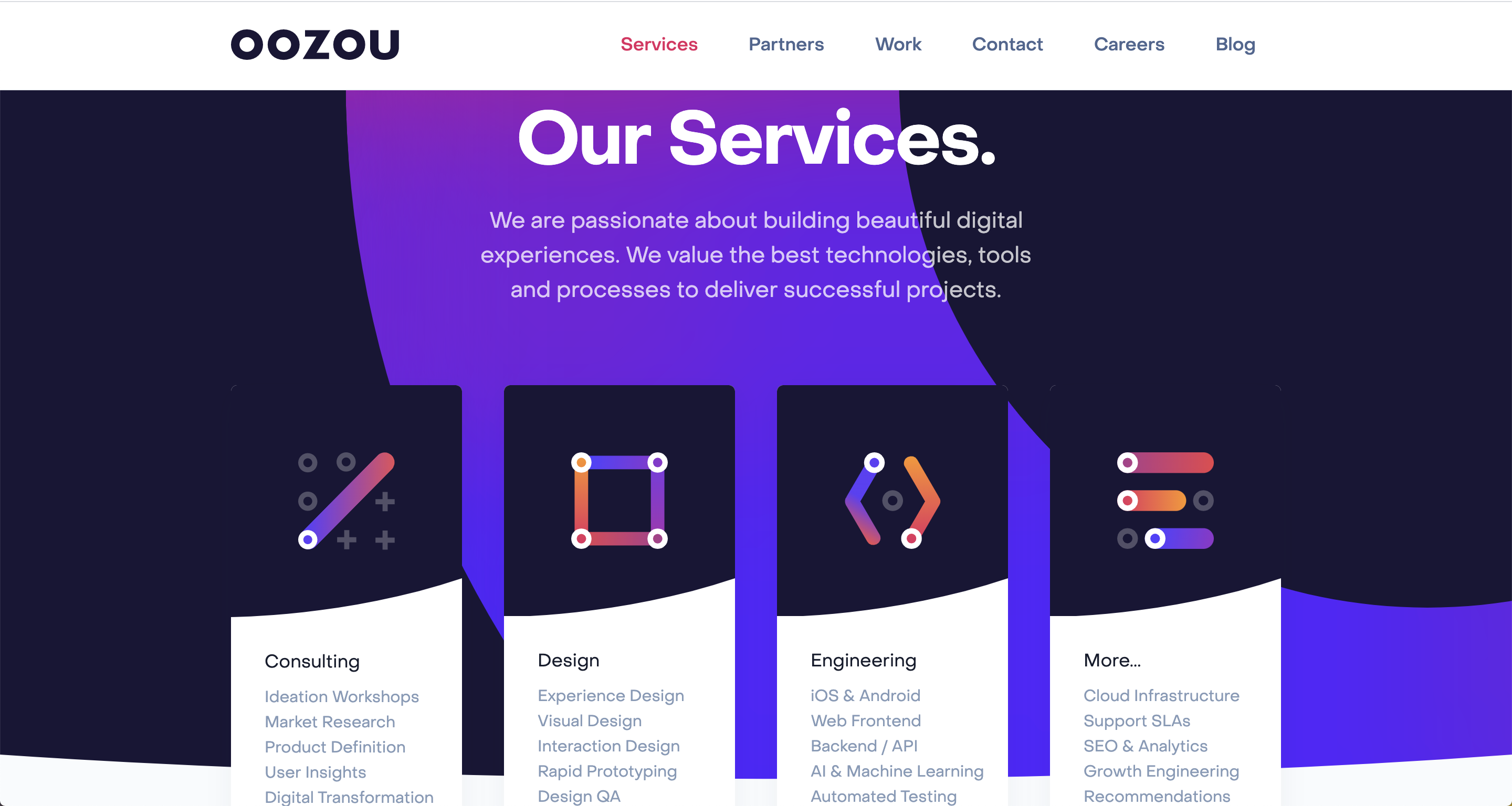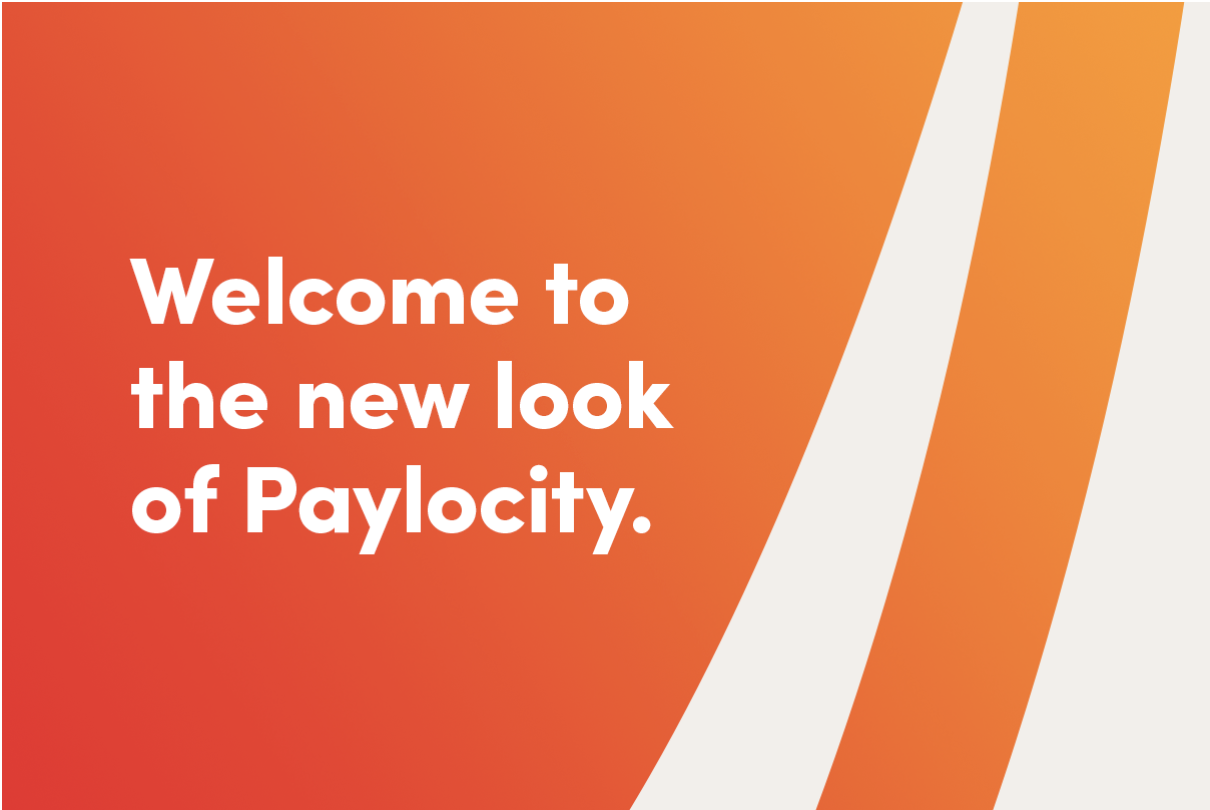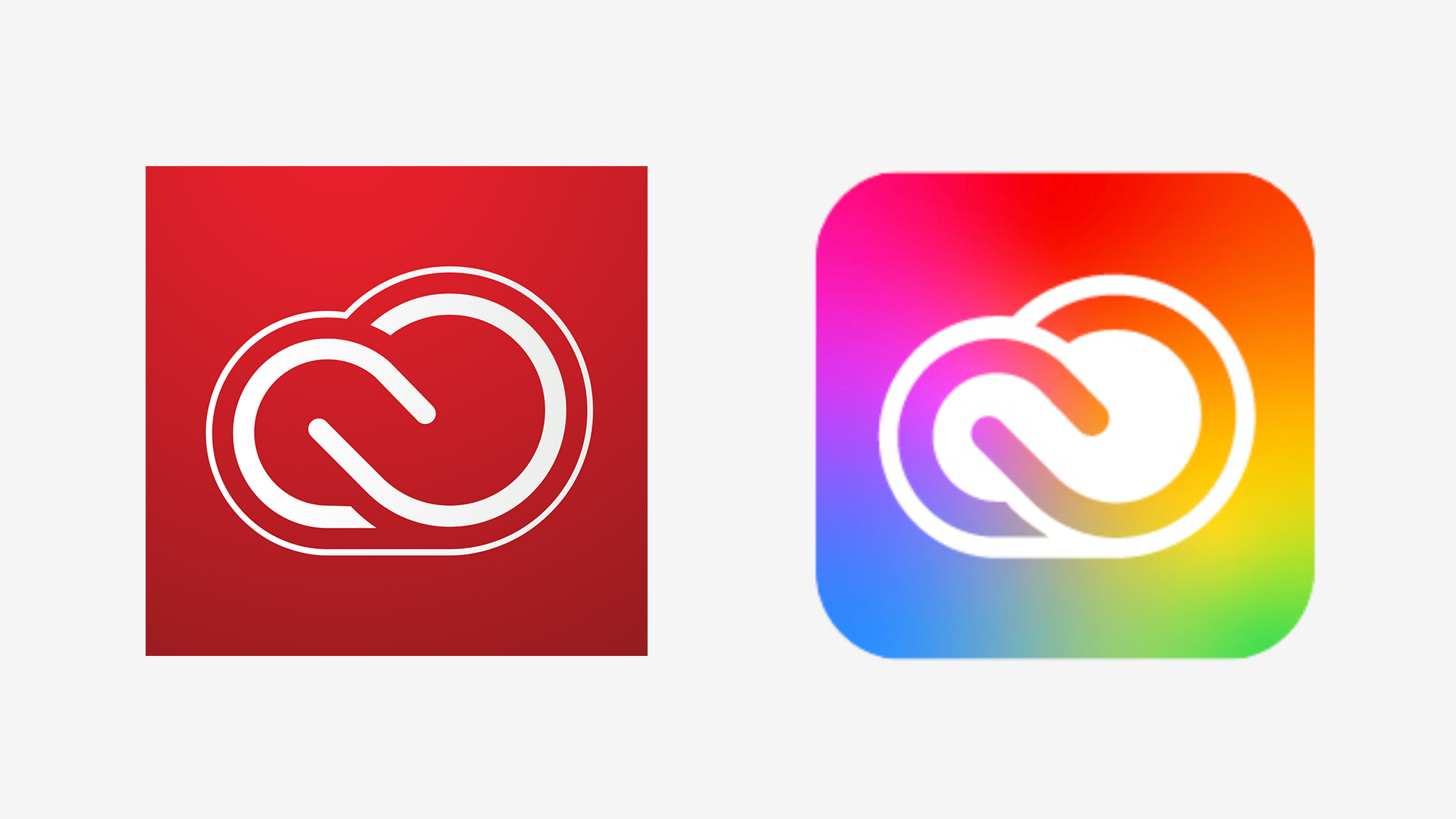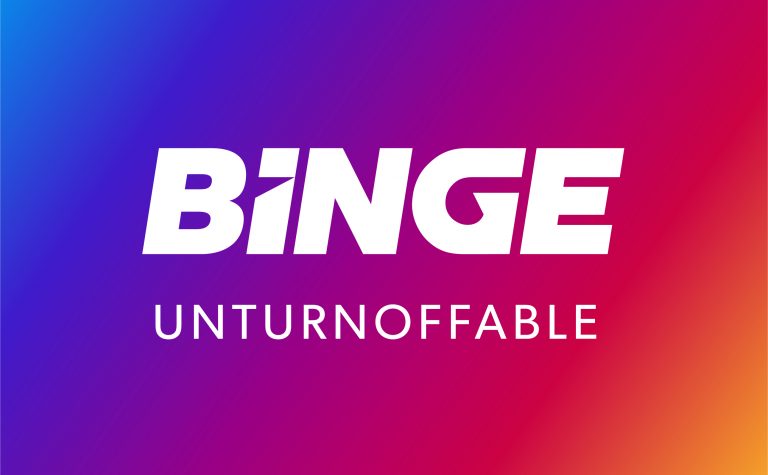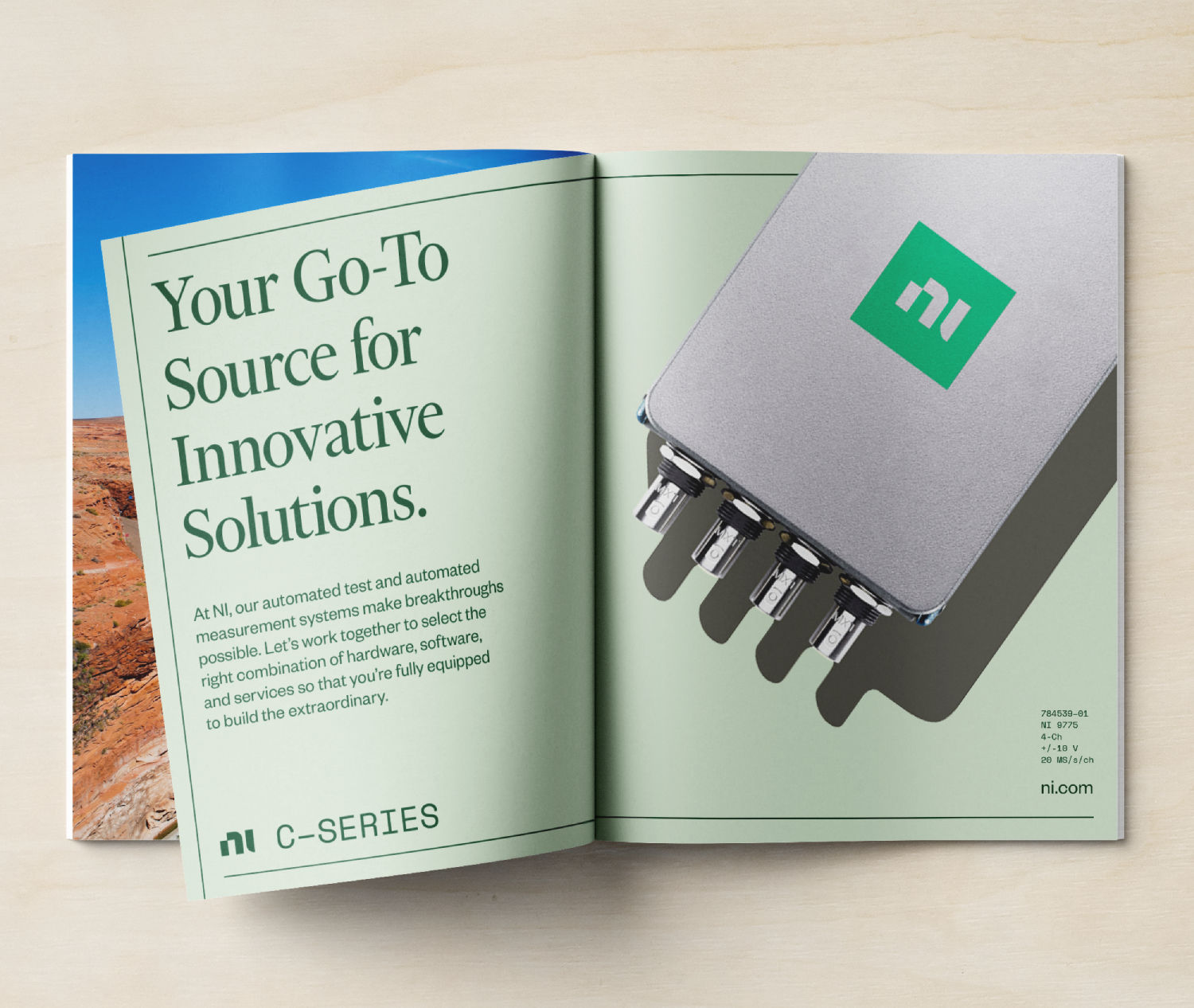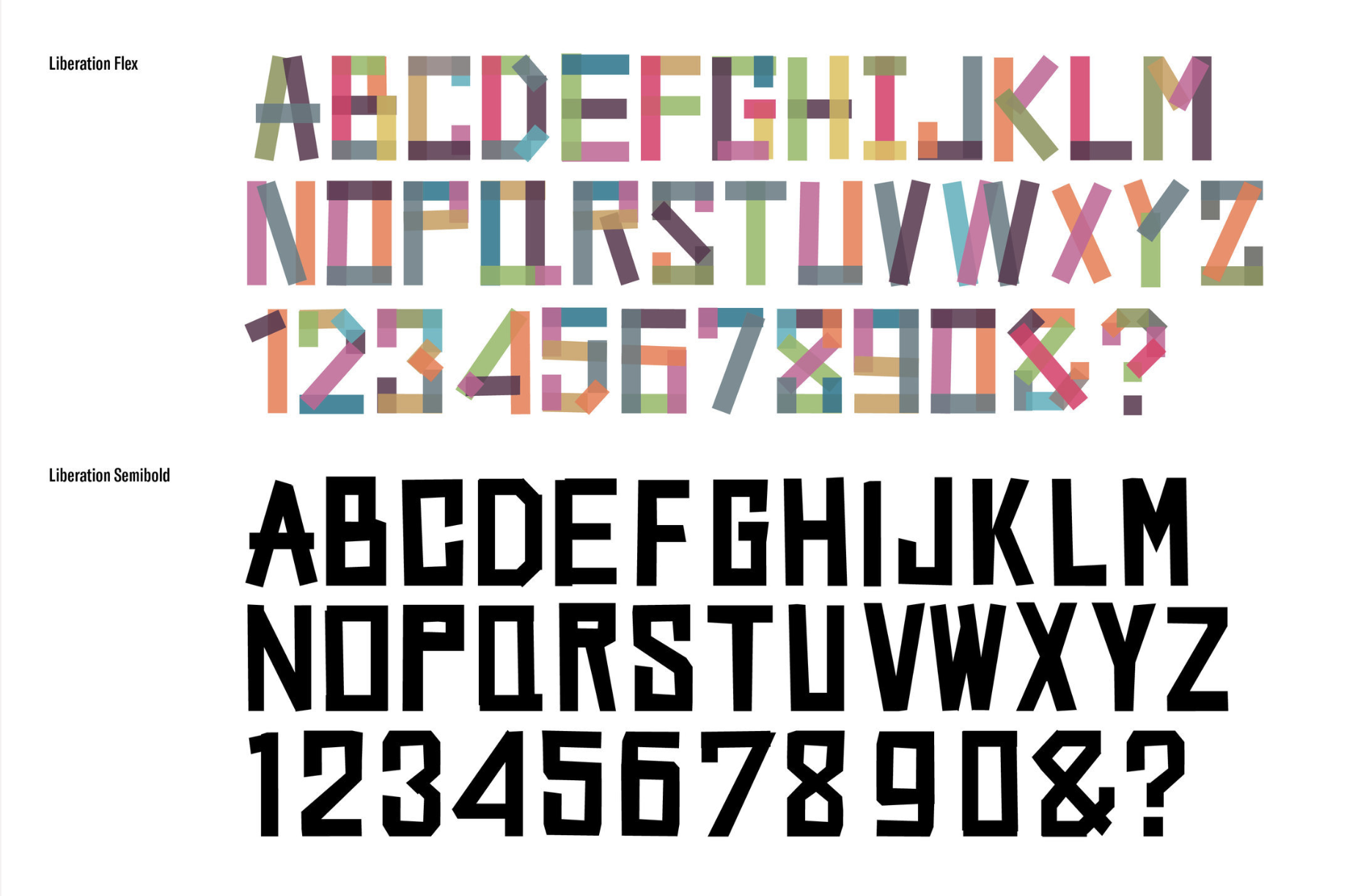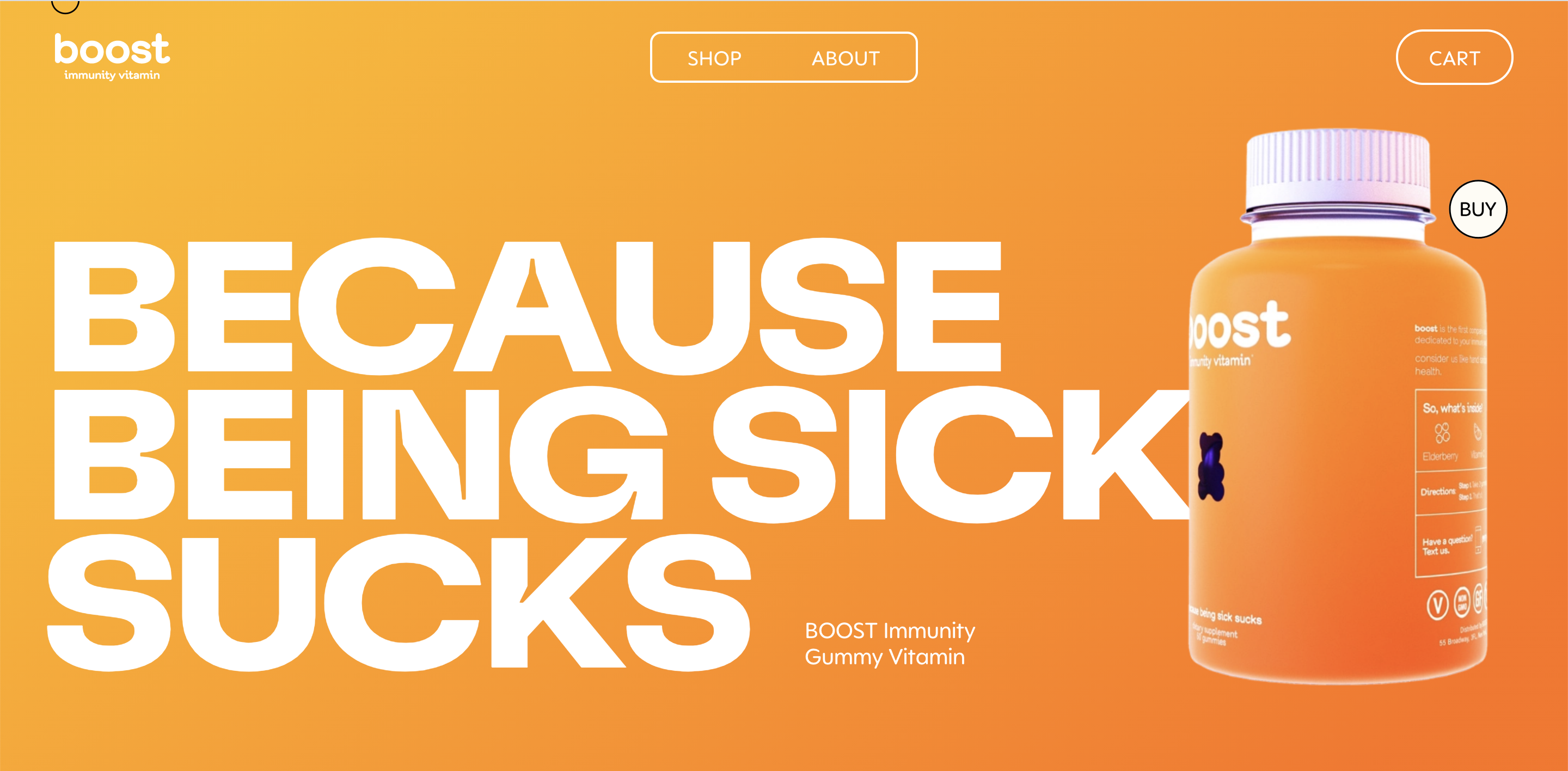6 Brand Trends We’re Thankful For in 2020
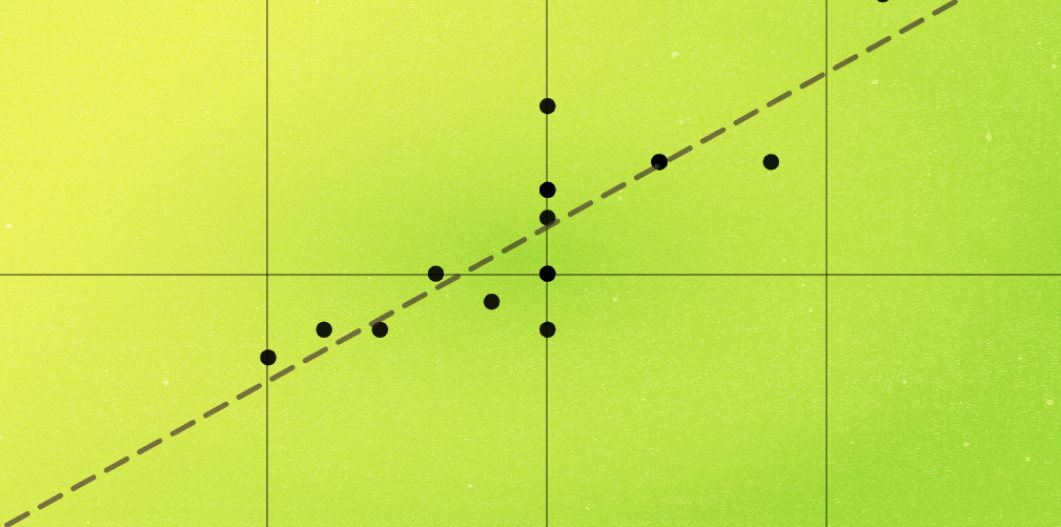
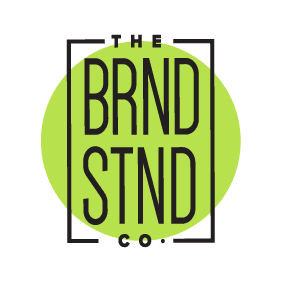
A brief list of impactful brand trends that we noticed from January 2020 through November 2020.

If no one hates it, no one really loves it.”
– Jessica Walsh
To put it mildly, 2020 has been an eventful year. From January through today, we witnessed a number of rebrands, redesigns, marketing campaigns, and corporate responses that were no doubt influenced by the events of the past 11-ish months. In this post, we invite you to reminisce with us as we explore six brand trends from this year that are too big to ignore.
Brand Trend #1: Brand Activism
In 2020, we experienced a lot. The coronavirus had us fighting to keep ourselves and our loved ones safe in the midst of a global pandemic. We initiated the uncomfortable, centuries’ overdue conversations to understand and end systemic racism. As a nation, we made history with the largest voter turnout in any American election. Last but not least, we made meaningful strides to promote gender equality and celebrate our true identities. Throughout each of these movements, we are pleased to report that many of the world’s most notable brands did not remain silent. This sort of brand activism became a welcome trend as one movement came after another. Thankfully, there are brands who use their powers for good.
racial Justice
The Black Lives Matter movement met a rallying wave of support from several world-renowned brands. Among the loudest was ice cream manufacturer Ben & Jerry’s. In response to the murder of George Floyd at the hands of police on May 25, 2020, Ben & Jerry’s issued a press release that shook America by the shoulders. Afterwards, we saw many new product releases in support of racial justice and equality.
Comparatively, Glossier took a somewhat different approach to anti-racism activism. On Juneteenth, a holiday celebrating emancipation in the United States, the beauty brand announced a $1,000,000 Grant Initiative. Of the total, half would go to organizations fighting racial injustice and the other $500K would fund grants for Black-Owned Beauty Businesses.
Gender Equality
Nearly every well-known brand in the shoe category had something to say in support of Pride Month. But the support runs deeper than a rainbow shoe. In addition to its customizable Chucks, Converse’s “contributions support longstanding global and local LGBTQIA+” organizations. Such organizations include The It Gets Better Project, Ali Forney Center, BAGLY and OUT MetroWest.
On March 31, Transgender Day of Visibility, RXBAR released a pack in collaboration with the National Center for Transgender Equality. All proceeds from this pack of light blue, white, and light pink bars were donated to the National Center for Transgender Equality to empower and support the transgender community.
Public Health & Voter Turnout
Finally, for more on brands like Audi and Chiquita who rose to the occasion during the pandemic, check out this blog post we wrote on the subject. And for more on brands like Gap and Patagonia who contributed to the fantastic voter turnout in the 2020 US election, check out our words here.
Brand Trend #2:
Purpose & Authenticity
As the old adage goes, if you don’t stand for something, you’ll fall for anything. According to Deloitte’s report on 2020 global marketing trends, “companies that lead with purpose and build around it can achieve continued loyalty, consistency, and relevance in the lives of consumers.” In other words, it literally pays to give a damn and be yourself. As a branding agency whose tagline is “What Does Your Brand Stand For,” we’re here for it. So, what do these brands stand for?
Sustainability
Sustainability-focused Impossible Foods saw one victory after another this year. Not surprisingly, the company’s 2020 News Releases is like a list of greatest hits, including but not limited to partnerships with Disney and Starbucks, retail launches, new product releases, and international domination expansion. PS their Impact Calculator is so cool (and very on-brand).
Meanwhile, some brands are seeing the writing on the wall. As part of its 2020 rebrand, Clorox unveiled new purpose-driven messaging. With direction from CBX, the creative agency behind the rebrand, the tagline shifted from “killing germs” to “championing a cleaner world where people thrive”.
Body Positivity
As for body positivity, Dove remains a leader. Historically, Dove has sought to inspire women to be their truest, most confident selves. Over the years, the brand has rolled out Self-Esteem Project, #ConfidentGirl marketing campaign, and most recently, the Dove Real Beauty Pledge. In true Dove fashion, the three-pronged pledge promises always to feature real women and not models, portray women as they are in real life, and help girls build confidence and self-esteem. You go, girl.
Mental Health
Prior to this year, the topic of mental health was not one that many people, let alone companies, wanted to bring into the public spotlight. However, 2020 threw a lot at us. This year, several brands around the world shed the stigma and contributed to the mental health conversation in a positive light.
In June 2020, Jansport launched a marketing campaign called #LightenTheLoad. As the name suggests, the campaign aims to normalize the mental health conversation and provide answers to the questions that so many young people struggle with. This brand is way more than cool backpacks.
Health & Nutrition
Probably one of the more memorable marketing campaigns of 2020 has been Burger King’s “The Beauty of No Artificial Preservatives“. In it, Burger King demonstrated an unprecedented level of transparency with the unsightly image of a Whopper after 28 days. With increasing awareness around what we put in our bodies, Burger King certainly earned some transparency points.
Sexual Health
This Valentine’s Day, Durex took a stand against the taboos that surround sexual health with a new visual identity and positioning by creative agency, Havas. The coinciding marketing campaign aimed to “challenge the norms” with impassioned couples, statistics from the brand’s 2017 Global Sex Survey, and a “One Night Sans” typeface. Gotta love type puns.
Brand Trend #3:
Tailored Experiences
Data privacy and artificial intelligence were huge topics of discussion in 2020, and with good reason. Search for Kirkland Signature Mixed Nut Butter once. Suddenly, advertisements for it are all over your browser. While handing over personal data is still uncomfortable for some, Gen Z is bravely leading the charge in the opposite direction. According to the book Zconomy, the upcoming generation of consumers expects tailored experiences in the form of personalization and customization. Don’t believe us? In a study by customer data platform firm Segment, 71% of surveyed participants expressed frustration with impersonal shopping experiences.
So should we be not-so-thankful?
Fortunately, there appears to be a bright side. With systems like GDPR and opt-in marketing in place, the deluge of newsletters and Netflix recommendations may have seemed less invasive this year. Moreover, this trend doesn’t appear to be going anywhere. McKinsey’s Global Consumer Trends report found that executives may want to prioritize tailored experiences for the ROI potential. With demand from consumers and revenue potential, it’s no wonder that the tailored experience has become such a prevalent brand trend.
Brand Trend #4:
Logo MINIMALISM
If there was a reigning brand trend champion, it might just be minimalism. For years, designers have flocked to this trendy concept because it enhances clarity, draws attention to what matters, and is very versatile in its application. This year, we saw a flurry of logo redesigns head in that direction, from three-dimensional to flat, colorful to black and white, and multi-color to monochromatic.
All logo images sourced from Brand New.
Flat
Black & White (with pop of color)
Monochrome
Brand Trend #5:
Gradients Galore
The gradient brand trend is thriving and surviving in 2020. Brands like Asana and Facebook seemed to have kicked things off for us back in 2015 and 2016, respectively. Then, Tinder joined the gradient group in 2017, followed by Firefox, Microsoft Edge, and Facebook in 2019. In 2020, the gradient’s application extended far beyond the logo to other elements of brand identity and marketing collateral. Without any further ado, behold a select few from the gradient class of 2020…
Brand Trend #6:
Typography’s Time to SHine
This year, typography was reborn as a critical element, if not the centerpiece, of brand identity. Our eyes were drawn not to the images, but to the creative typefaces as more brands subscribed to this trend. This has been a year of typography exploration and appreciation for all typefaces, from serifs and sans serifs to brutalism and minimalism. Let’s appreciate these expressive works of art together, shall we?
NI (formerly National Instruments)’s rebrand from July 2020 features a bold serif type that takes up half the page.
A new typography for the brand identity of New Roads School by Distinc
A bold, custom serif font for Boost Immunity Vitamin.
While we were writing this post, we couldn’t help but feel hopeful. Ironically, we detected a trend in the trends: one of empathy an humanity. So many events in 2020 wreaked havoc on our world, but the human spirit is resilient. Since, of course, brands are built by humans, it shouldn’t come as such a shock that they followed suit. So with this piece in the books, we are just downright delighted and excited to see what 2021 has in store for us yet.
Can't Get Enough Branding?
Same. In fact, we’re in the middle of publishing a series on brand identity, and we think you might like it. Start at the beginning with our first piece in the series on messaging.
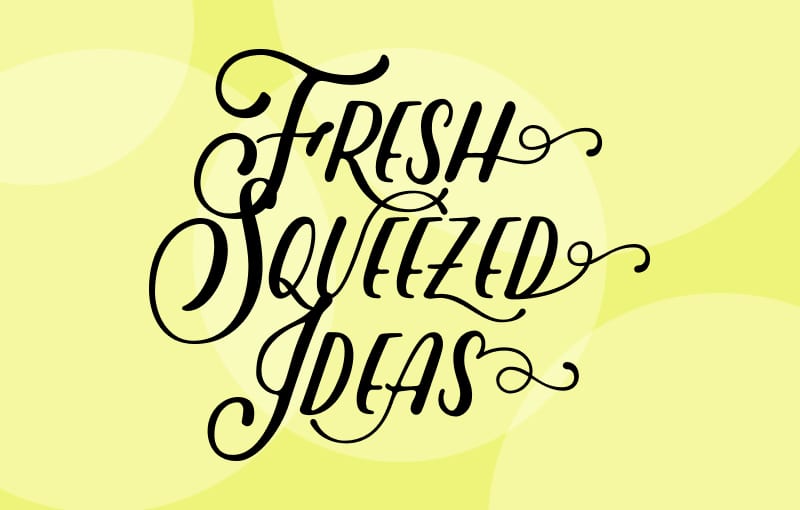
Follow Us
Join Us
Subscribe For More Delightful Updates, Like This.
Fresh-squeezed ideas sent straight to your inbox.
More Freshly-Squeezed

